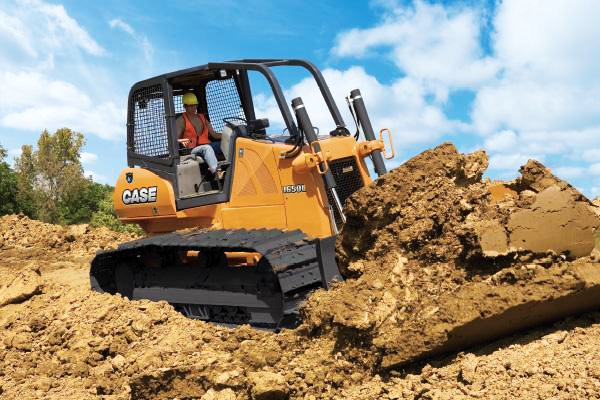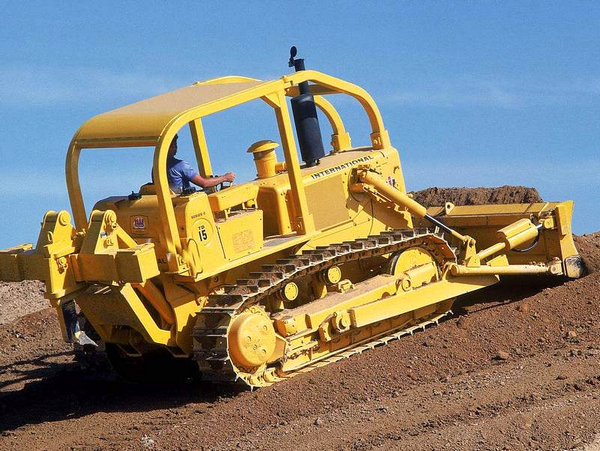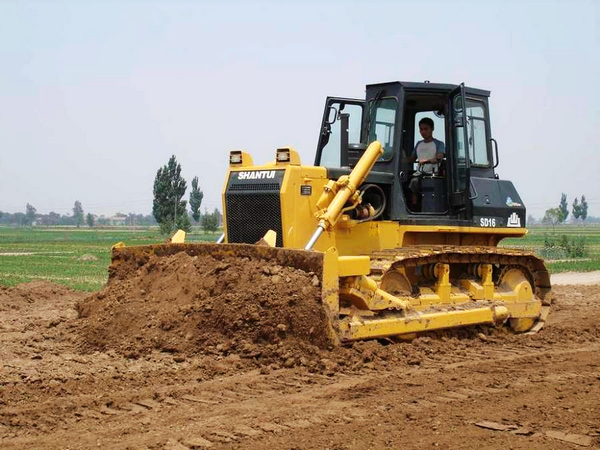Bulldozers are powerful earthmoving machines widely used in construction, mining, agriculture, forestry, and water conservancy. While some may think operating a bulldozer is easier than using excavators or motor graders due to its simpler set of actions, experienced operators know that mastering this machine still requires skill, especially in diverse working conditions.

A key principle to follow when operating a bulldozer is: use first gear for bulldozing, avoid one-sided loads, maintain consistent pushing force, and minimize the travel distance of an empty machine.
Tip 1: Prioritize Slow Speed with Heavy Loads
Operating at a slower speed with a full load is more efficient than moving quickly with a light load. Although slower, this approach reduces round trips and cuts down on both fuel consumption and overall time, making the operation more productive in the long run.
Tip 2: Push Long Distances in Sections
For long-distance bulldozing, work in stages from front to back. Start by pushing material from the front, filling the area with each pass before moving to the next section. This method reduces both full-load and empty-return travel distances, boosting efficiency and saving fuel.
Tip 3: Avoid Material Tumbling
Although tumbling material in front of the blade may look powerful, it increases wear on the blade, corners, and cutting edges, and also consumes more fuel. The correct method is to cut the blade into the material and increase the load gradually. Just before tumbling occurs, slightly raise the blade to maintain maximum working efficiency without waste.

Tip 4: Maintain “High Outside, Low Inside” on Slopes
When working on mountainous terrain, keep the blade side closer to the cliff slightly higher and the inner side lower. This reduces the risk of tipping. Push material toward the cliff slowly and decelerate early—never let the bulldozer blade extend over the cliff edge.
Tip 5: Use Caution in Muddy or Soft Terrain
In soft conditions like wetlands or riverbanks, bulldozers can easily get stuck. Push smaller loads, and avoid stopping, shifting, steering, or braking mid-operation. Use second gear if needed. If the tracks slip, raise the blade slightly to reduce resistance. If stuck, shift into reverse without lifting the blade to prevent the front track from sinking deeper. Avoid turning the machine while stuck to reduce uneven pressure on the tracks.
Tip 6: Push Rocks from High to Low
When pushing rocks buried in soil, start from the higher end using low throttle. Once the rock loosens, gradually increase throttle to move it. For rocks or debris piled above ground, keep the blade close to the ground and ensure full track contact. In tunnels or confined spaces, clear material starting from the edges and work inward to safely remove debris.
Tip 7: Cross Rivers Wisely
If you must cross a river, choose a section with faster-flowing water. Avoid slow-moving areas, which often have deep silt that can trap the machine. The water depth should not exceed the oil dipstick level of the engine. Use first or second gear with steady throttle and cross quickly—avoid stopping or reversing midstream.







